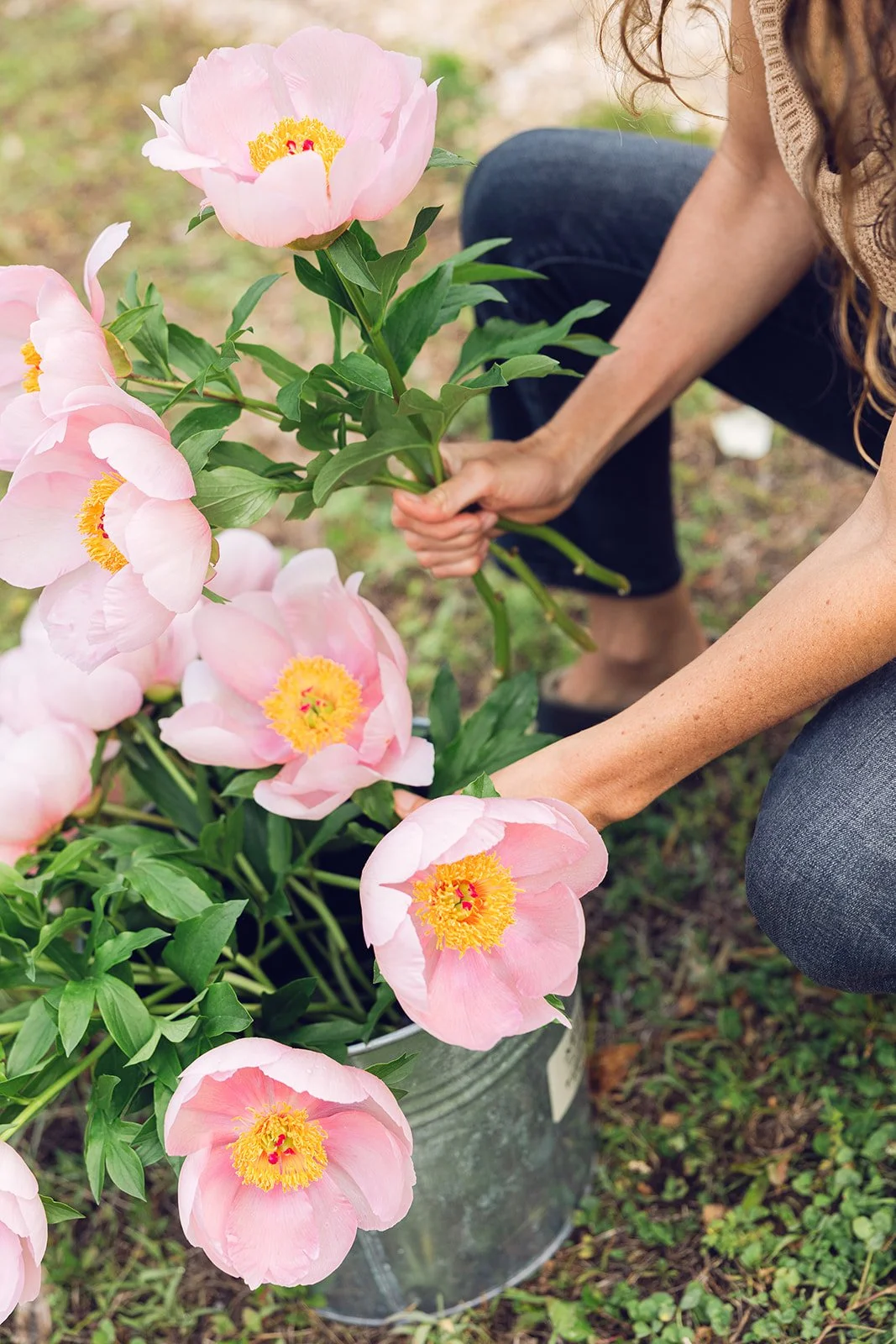You may have heard that peonies are among the most profitable flowers you can grow—but here’s the truth: not all peonies are equally profitable.
Some varieties are reliable workhorses, while others are showstoppers with limited demand. Choosing wisely can mean the difference between steady sales and wasted field space.
In this article, we’ll cover how to choose profitable peony varieties for your flower farm or floral business.
What Makes a Peony Profitable?
Profitability comes down to three main factors:
Market demand: Are florists, brides and wedding couples, or retail customers actively seeking this variety?
Bloom time: Does it fill a gap in the season? (Early or late bloomers often command higher prices).
Stem quality: Long, straight, strong stems = higher value.
Top Varieties for Different Sales Channels
Wholesale to Florists
Florists love reliability and consistency. These varieties are classic staples:
Sarah Bernhardt (soft pink, heavy producer)
Festiva Maxima (white with crimson flecks, long stems)
Kansas (deep magenta, excellent vase life)
Weddings & Events
Couples often seek romance, trend-driven shades, and unique forms. Profitable options include:
Coral Charm (peachy-coral, highly in-demand)
Bowl of Cream (full double white, luxury look)
Duchesse de Nemours (creamy white, fragrant)
Farmers Markets & Retail Sales
Impulse-buy flowers should be fragrant, lush, and/or brightly colored. Consider:
Shirley Temple (blush to white, very popular)
Dr. Alexander Fleming (fragrant, rose-pink)
Garden Treasure, Coral Charm (bright attention-grabbing colors)
Real-Life Example: Balancing Reliable and Unique
On our farm, we chose to balance staple varieties with a few specialty ones. For example, Sarah Bernhardt and Festiva Maxima are our dependable high-yield producers, while Coral Charm, Etched Salmon, and unique Itoh varieties give us a premium product that draws in wedding designers and specialty buyers.
This mix keeps cash flow steady while allowing us to stand out in the marketplace.
Mistakes to Avoid When Selecting Varieties
Chasing only trends (they can fade, and peonies are long-lived!)
Planting too much of one variety (limits your ability to serve different markets)
Ignoring bloom windows (risking a bottleneck or gaps in harvest)
Conclusion: The Right Varieties Make All the Difference
The truth is, profitability in peonies starts with smart planting decisions. Choose varieties that match your market, and you’ll set yourself up for decades of success.
👉 Want to learn more about how to grow peonies that actually pay you back?
Grab my free training:
How to Grow Peonies That Pay You Back—Year After Year
In just a short session, you’ll discover the steps to choose wisely, plant strategically, and build a profitable peony crop for the long haul.

